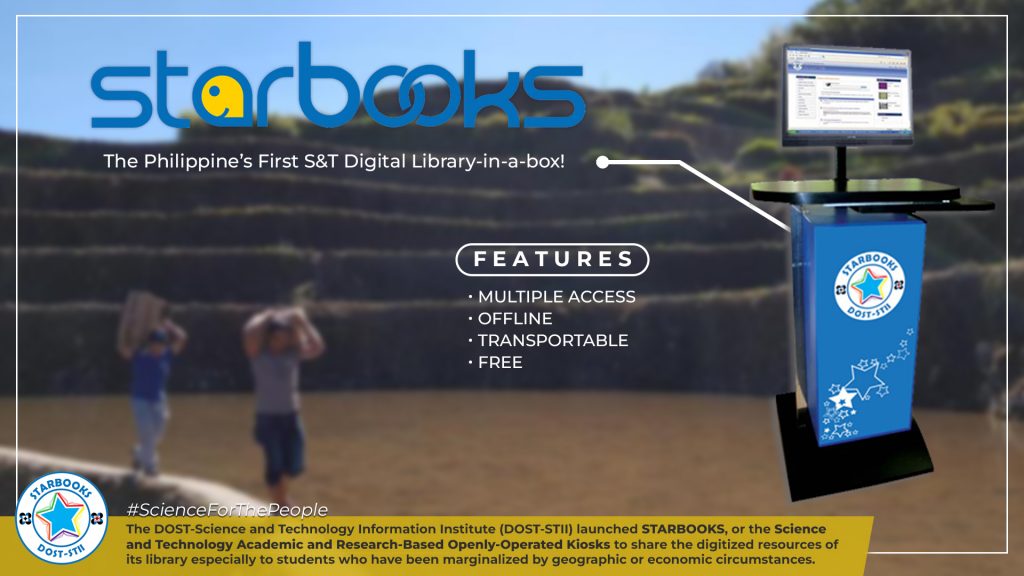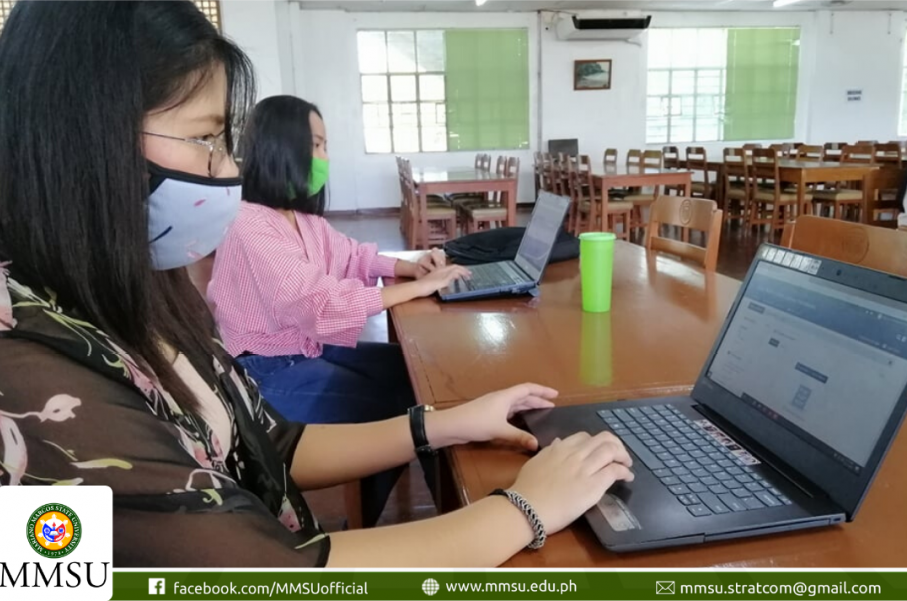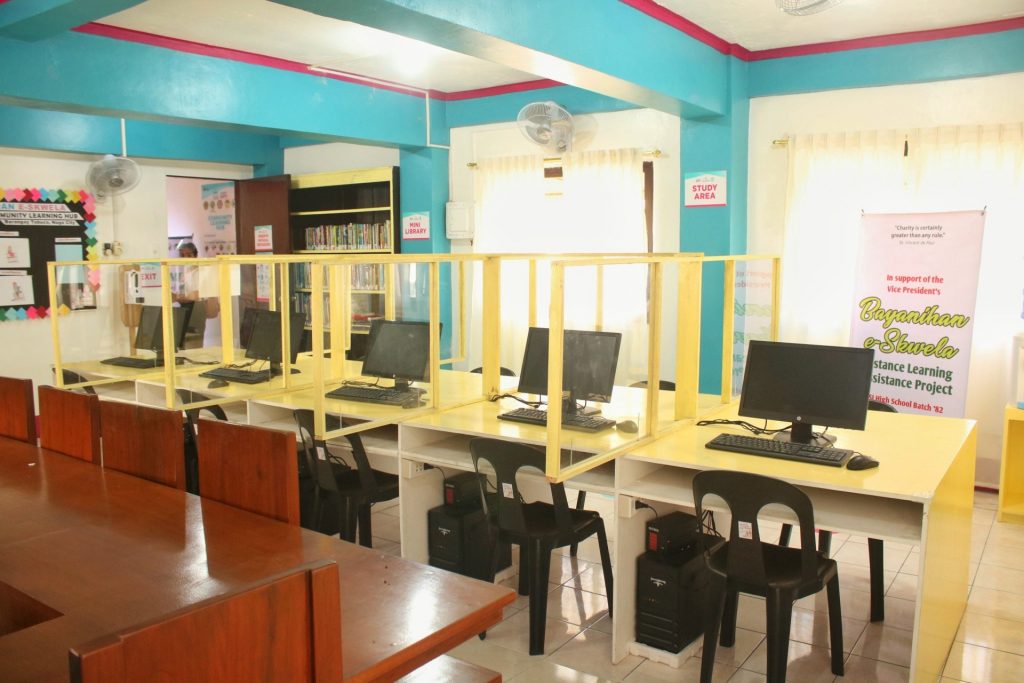Name of the Organization
Southern Leyte State University
Name of the Office/Unit that leads the implementation of this best practice entry
Journal Production and Management Office (JPMO)
Focus Area of the Best Practice
Human Resource, Operations, Management and Perspectives on Productivity and Quality
Date the best practice was first implemented
12 September 2016 – up to present
Summary of the Best Practice
The Journal Production and Management Office (JPMO) of the Southern Leyte State University (SLSU) has been helping faculty and researchers get additional mileage for their research projects by providing support and publishing ASEAN Citation Index (ACI) Referred Journals.
SLSU’s JPMO has been instrumental in the promotion of faculty members and accreditation of published authors as full-fledged professors, availment of publication incentives, elevated the journals’ reputation and quality, enhanced the capabilities of faculty members and staff to publish research, and contributed to the increase in the annual organizational budget based on the existing normative financing scheme. To achieve these objectives, the JPMO undertook practices and activities in the management of its two journals – the Journal of Educational and Human Resource Development (JEHRD) and the Journal of Science, Engineering and Technology (JSET) – which include the following:
- Submission of the journals to the Commission on Higher Education (CHED) for the Journal Incentive Program (JIP) recognition and accreditation.
- Submission of the journals to the ASEAN Citation Index (ACI) in Thailand for accreditation and recognition.
- Conduct weekly journal mentoring webinars free of charge for all authors from various agencies, including international universities.
- Organized and conducted training on journal typesetting using LATEX Openware to increase the capability of SLSU’s journal typesetters. Part of the training also included operations on the online journal system. This training series also attracted the attention of other state universities that turned to SLSU for assistance in journal management.
- Provided free consultancy services and served as resource persons on journal management. SLSU’s JPMO provided free consultancy services in response to requests from various state universities who came to SLSU for assistance and advice.
From 2016 up to the present, SLSU’s JPMO assisted the Bukidnon State University, Biliran Province State University (formerly Naval State University), University of Northern Philippines, Surigao del Sur State University, Surigao State College of Technology, Palompon Institute of Technology (PIT), Northwest Samar State University, and Leyte Normal University. SLSU has also sponsored training and writeshops on publishing high-quality journal papers.
The Challenge
Research and its publication in scientific journals is imperative in state universities. From 2013 to 2015, SLSU struggled to produce a scientific journal that would cater to high-quality research from SLSU and other agencies. To improve its status in journal publication and obtain financing to enhance journal production operations, the SLSU Journal Management Team hurdled the rigorous and highly competitive CHED evaluation for scientific journals based on the guidelines in CHED Memorandum Order No. 53, s. 2016, which governs the evaluation of research journals in the Philippines for the CHED Journal Challenge category and the Journal Incentive Program (CHED-JIP). SLSU consequently passed the screening for the CHED-JIP, and it’s two (2) journals — JEHRD and JSET — became part of the handful of journals in the Philippines that CHED recognized. The Journal Office of SLSU also received the CHED grant of Php 400,000 per journal per year from 2017 to 2019, owing to its status as a CHED-JIP recipient.
After this phase, the Journal Production and Management Office was faced with another challenge: how to raise the status of JEHRD and JSET to become internationally peer-reviewed journals, as its CHED-JIP accreditation only provided the two journals’ national coverage. Moreover, when the CHED-JIP program ended, the JPMO would have to look for other sources of funds to continue its journal operations. To overcome these challenges, the JPMO subjected JEHRD and JSET for evaluation to be accredited by the ASEAN Citation Index (ACI) based in Thailand. Like its earlier case with the CHED-JIP accreditation, SLSU’s JSET and JEHRD again successfully passed the evaluation to become an ACI-indexed journal, enabling it to become an international peer-reviewed journal. Due to its new status as an international journal, the JPMO had to implement strategies and practices to sustain the traction gained by JEHRD and JSET. From 2016 up to the present, several papers have been published in the SLSU journals. This then led to the series of best practices implemented by the JPMO.

Solution and Impact
The JPMO has ensured that the composition of the Editorial Boards of the two journals have sterling qualifications. The office has also recruited only qualified referees for the papers. The office has established an interim policy: the number of papers published every year should mostly come from outside the university to establish greater journal reach. To attain this, the office has ensured that the papers published by SLSU should be at most 50% of the total published papers yearly. Moreover, we have been aggressive in promoting and marketing our journals through the university’s website, www.southernleytestateu.edu.ph.
Innovation
The JPMO has adopted the LATEX typesetting openware. This is to achieve consistency in terms of the appearance of each journal paper. Capability-building activities for the journal staff have been conducted. In addition, the office has adopted the open-source online journal system (OJS), the PKP. This journal provides immediate access to its content on the principle that making research freely available to the public supports a greater global exchange of knowledge.
Recently, we have undertaken initiatives to migrate the existing journal’s website – https://www.ijterm.org- to the University’s official website. This is to attain a greater reach of our journals and to attain wider visibility and higher webmetrics ranking of the University.
Performance and Results
In terms of human resource development, the accreditation and recognition of the journals in the ACI have contributed so much to the promotion of faculty members of State Universities and Colleges (SUCs)across the country. Faculty members whose research outputs are published in JSET and JEHRD are given international credits. Consequently, a number of SLSU faculty members have attained the Full Professor ranks during the NBC 461 evaluation. These faculty members also have qualified and passed for the accreditation of full-fledged professors since they have papers published in the SLSU’s ACI journals. For instance, during the NBC 461 Cycle 8 evaluation (covering 2016-2019), 19 SLSU faculty members qualified for full professor ranks. This excludes the existing 19 SLSU professors who have been awarded full professor ranks during the 7th cycle evaluation covering 2013-2016.
The SLSU Journal Management Team was adjudged the regional winner by the Civil Service Commission (CSC) during the 2019 Search for Outstanding Government Workers. The CSC – HAP (Honors and Awards Program) garnered by the SLSU’s journal management team clearly manifests its impactful contribution to society as a whole.
In terms of the research budget of the University, the increasing number of published papers of the faculty members has contributed to the increase in the Research MOOE budget from 2017 to 2021. Based on the National Expenditure Program (NEP 2017-2022), SLSU’s research budget has continuously increased, except from 2021 to 2022, during the COVID-19 pandemic.
Testimonials from faculty researchers outside of the SLSU have reached our office, and the concerned faculty members could vouch for the positive impacts that their paper publications have brought to their professional lives.
The journals of already gained a number of citations based on the Google Scholar database. The impact factor of the journals has been increasing during the last two years.
Replicability
The best practices in journal management of SLSU has been benchmarked by several SUCs who have either visited the SLSU campus or requested mentoring and assistance from the JPMO staff. Among those benchmarked and consulted SLSU were: Bukidnon State University, Surigao del Sur StateUniversity, Surigao City State College, Polytechnique University of the Philippines, Palompon Institute ofTechnology, and Biliran Province State University.
Next Steps
The Strategic Plan of the University has been identified as one of the milestones for achievement in 2023-2024. It is the inclusion of the SLSU journals JSET and JEHRD in the Emerging Science CitationIndex (ESCI) of the Clarivate Analytics or Web of Science indexing.
Moreover, SLSU is spearheading the Consortium of Philippine Higher Education Institutions JournalPublications (PhilJournals) or formerly the Visayas-Mindanao Consortium for Journal Publications, Inc. SLSU serves as the secretariat of the consortium. The consortium advocates for the sustained publication and accreditation of reputable journals in the Philippines. All activities of the SLSU-JPMO are also anchored on the goals and objectives of the consortium; hence, its sustained publication is assured.
Milestones
Since becoming an internationally peer-reviewed journal, JEHRD and JSET have progressed to achieving the following:
- Became the only two CHED-Journal Incentive (JIP) recognized journals in Region 8
- Became the only ACI-indexed journal coming from Region 8
- Among the first scientific journal publications in Region 8 to employ LATEX typesetting as the standard for creating the typeset of published papers
- Among the first scientific journal publications in Region 8 to utilize the Online Journal System, which provides Google Scholar visibility to published articles
- Widened the scope of JEHRD and JSET by publishing articles from Ethiopia, India, Vietnam, Nigeria, Belgium, Iraq, Thailand, Nepal, and Australia, subject to the results of the peer-review process and decision of the Editorial Board
- Gained an international editorial board composition for the two journals
The SLSU Journal Management Team was the recipient of the Regional Civil Service PAG-ASA award in 2019.





